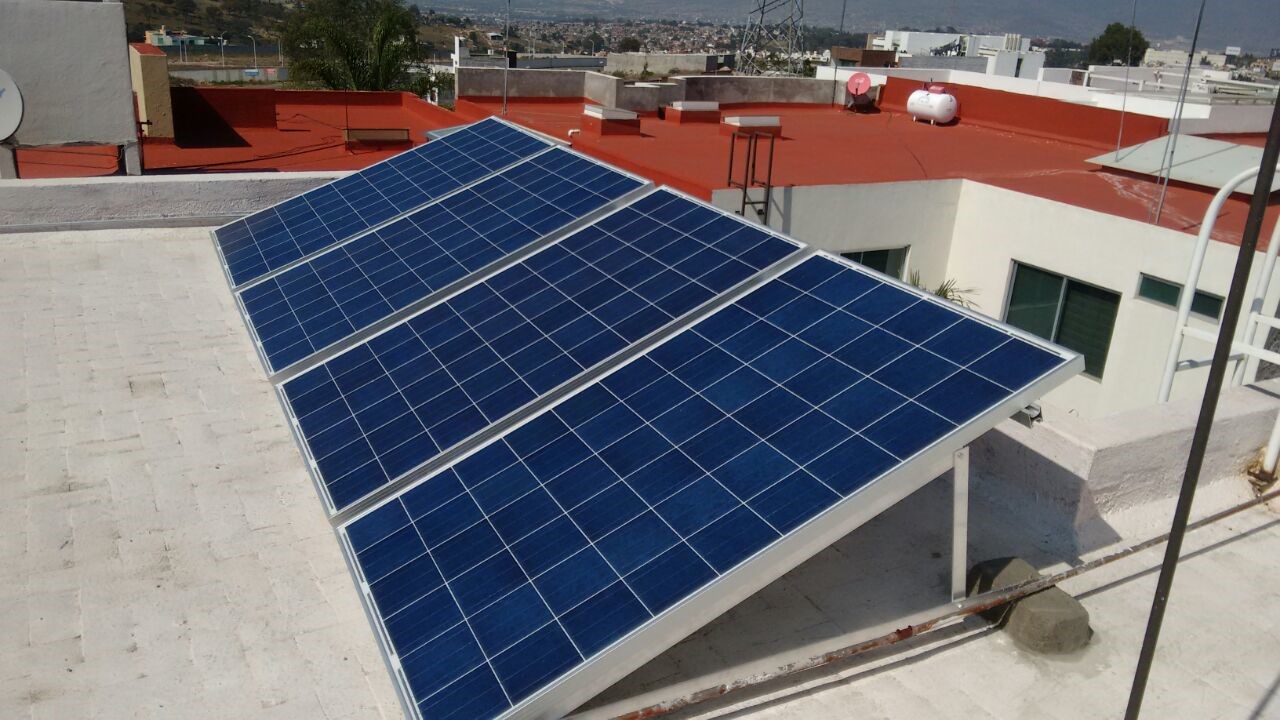Open University of Catalonia
- The prototype designed by UOC proposes that solar installations act as computing service providers
- The system will help reduce greenhouse gas emissions and offset a few
producers.
Simple gestures like sending an email or saving a photo to the cloud result in energy expenditure, multiplied by all users in the world, of up to 200 terawatt-hours (terawatt-hours), according to data from Masanet on total data center consumption. This is why a team of researchers from the Open University of Catalonia (UOC) designed
A prototype so that anyone who can install a photovoltaic system in their home, provided they have a roof with direct solar lighting, can be a potential computer provider.
Explains Borja Martinez and Xavier Villagosana, study authors and researchers from the Wireless Networking (WiNe) group of the University of California’s Interdisciplinary Internet Institute (IN3), of which Professor Villagosana is the principal investigator.
The scientists-designed prototype, described in the journal IEEE Transactions on Sustainable Computing, simulates all components of a typical residential PV installation.
The central element of the system, called the mediator, is a software component that manages all functions of the system and makes decisions to perform the actions that are most beneficial to the user in each situation. For example, a broker is able to act on devices that are turned off and “wake them up” to enable computing on them, the scientists explained.
In addition, they have also developed a predictive model for determining solar energy for a geographic area and time period, so that only devices that have the power to run are guaranteed to wake up the medium.
The project’s philosophy is based on a cooperative zero-sum economy. As the authors point out, participants who have the physical resources — machines powered by solar energy — make those resources available to those who need computing but lack infrastructure.
In this sense, Martínez and Vilajosana suggest that there should be compensation for users with energy resources, something similar to what happens with shared car services: the owner makes the free space of his car available to people who want to move but do not have his own car, and receives compensation to help him pay his travel expenses .
Benefits for small producers
When fueled by renewable energy sources such as sunlight, how do adverse weather conditions affect the system? “If there is no sun, that particular user will not be able to present their resources to the computing pool at that time. But the idea is that there are many different providers that are geographically dispersed, because there is always a sun somewhere,” confirm Martinez and Villagosana.
On the other hand, if the user generates more power than he can consume or calculate, he can always inject it into the grid. Thus, the small product will be profitable at all times.
We suggest rewarding the junior producer for using a resource he already has. Most importantly, we believe this bonus could be an incentive to install new home systems where there is a possibility,” the authors highlight.
A critical mass to drive change
The system is based on a combination of two directions. On the other hand, the recent boom in distributed computing, a technology nonetheless more than fifteen years old and popularized by projects like the SETI@home screensaver, which looked for signs of extraterrestrials when home computers were inactive.
On the other hand, the development of silicon technologies has significantly lowered the prices of solar panels in recent years, making PV installations competitive.
“At this time, the necessary conditions exist to create a critical mass of both producers, who provide computing resources, and consumers, that is, people or companies who can rent these resources knowing that they contribute to them. To improve the environment ”, summarize Martínez and Vilajosana.

“Problem solver. Proud twitter specialist. Travel aficionado. Introvert. Coffee trailblazer. Professional zombie ninja. Extreme gamer.”


More Stories
With a surprise in the case: a strange cell phone from Nokia was introduced
PlayStation Stars: what it is, how it works and what it offers to its users | Sony | video games | tdex | revtli | the answers
t3n – Digital Pioneers | digital business magazine